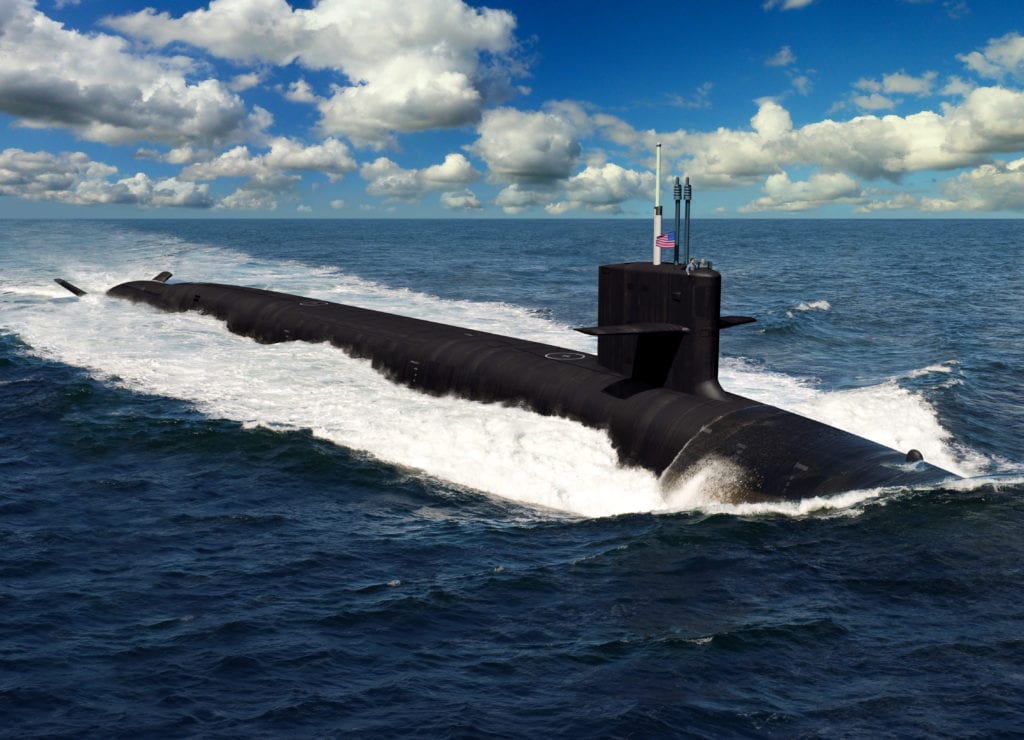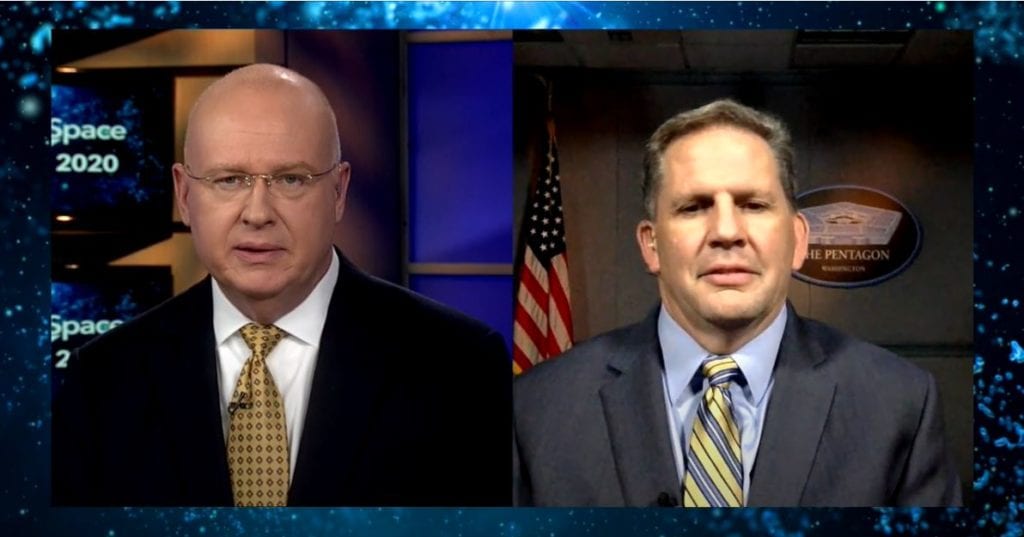
ARLINGTON, Va. — The U.S. Navy’s top acquisition official said the service’s efforts to accelerate contract awards in the midst of the COVID-19 pandemic are helping the defense industry sustain its economic health at all levels and positioning the Navy and industry to emerge from the crisis without falling behind on work and ready to resume normal operations.
James F. Geurts, assistant secretary of the Navy for research, development and acquisition, speaking during an April 15 webcast of the Navy League’s Sea-Air-Space: Virtual Edition, said the Navy and the defense industry are working to keep on task and be in a position to accelerate “out of the crisis.”
To register and then watch this Sea-Air-Space 2020: Virtual Edition webinar live online, click here.
“Ships still have to come out on time,” Geurts said, noting that the Navy can’t afford to lag once the world starts to recover from the crisis.
Geurts said the Navy has moved up the award of some contracts to inject “a lot of money in the system” to “get funds in the contractor hands” and “bring that work to the left” — meaning getting in started sooner. An example is the award last week — months early — of LPD 31, the second Flight II San Antonio-class amphibious transport dock ship.

Accelerating contract awards enables shipyards and other contractors to stack a backlog of work and keep their workers employed. The contractors also can push funds to their lower-tier subcontractors to the same effect.
Geurts said it was “counterintuitive … that the best way to secure [the health of the defense industrial base] was to accelerate going into a crisis. Most folks would want to slow down, wait and see, and that would exactly create the wrong conditions.”
“The risk is being too risk-averse in our approach. The other risk is being reckless in our approach.”
“Ships still have to come out on time,” even as the Navy and industry weather but eventually recover from the pandemic.
James F. Geurts
He said that all of stakeholders are going at the situation “deliberately but urgently and thoughtfully. A challenge for us will be [that] it’s not a one-size-fits-all solution. This crisis hits different areas of the country, different sectors differently at different times. The key to success will be great networks, leveraging the data we have and building on a foundation of trust.”
As the Navy worked to advance contract awards, Geurts said he saw his now “massively distributed,” largely teleworking work force shows greatly improved performance as it works to help the defense industry get though the pandemic.
The Navy also is ordering spare parts sooner to build up the supply and to shore up the suppliers who provide them.
Geurts said he confers with shipyard presidents or CEOs every other day to assess the status of work and provide opportunities to share lessons learned and to discuss best practices, ways to avoid disruption and how to speed up recovery.
“It’s been awesome,” he said of the response from the defense industry.
The assistant secretary said the Navy’s acquisition priorities have not changed in the pandemic, citing that work is proceeding on such programs as the Columbia-class ballistic-missile submarine and the next-generation guided-missile frigate. He stressed the Navy’s ongoing efforts to minimize delays and disruptions to the service’s programs.
- SECNAV Advocates Increased Legal Immigration to Increase Shipbuilder Workforce - April 23, 2024
- Insitu Going Strong at 30, Focusing on Maritime Operations - April 8, 2024
- Navy Awards Boeing Additional Funds for MQ-25 Drones for Testing - April 3, 2024






